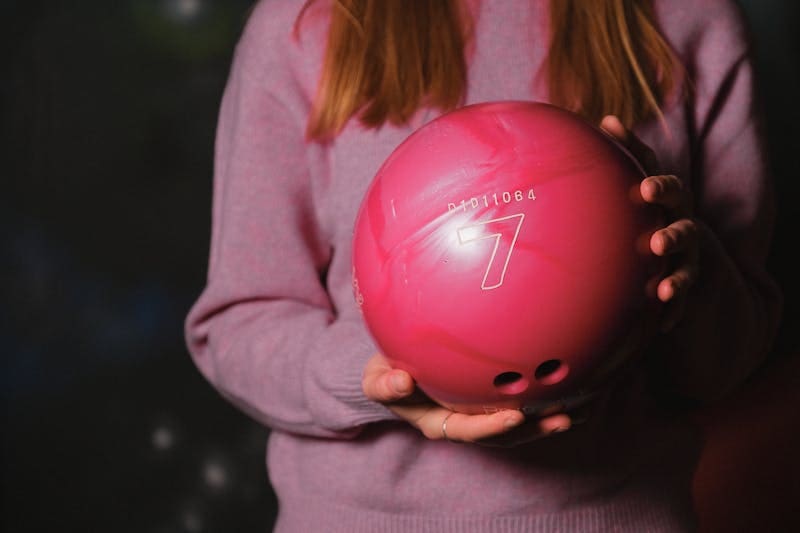
Common Bowling Injuries and How to Prevent Them
Bowling is a beloved pastime enjoyed by millions around the world, offering camaraderie, competition, and the thrill of rolling strikes. However, like any sport, bowling carries the risk of injury, particularly when proper precautions are overlooked. At Richmond 40, we prioritize the safety and well-being of our patrons, which is why we’re shedding light on common bowling injuries and offering tips on how to prevent them.

1. Bowling Elbow
Also known as golfer’s elbow or medial epicondylitis, bowling elbow is a prevalent injury among bowlers. It occurs due to overuse of the muscles and tendons in the forearm, leading to pain and inflammation on the inner side of the elbow. To prevent bowling elbow, bowlers should focus on maintaining proper form, avoiding excessive wrist cocking, and incorporating forearm strengthening exercises into their routine.
2. Rotator Cuff Strain
The rotator cuff is a group of muscles and tendons that stabilize the shoulder joint. Overuse or improper bowling technique can lead to strains or tears in these muscles, resulting in shoulder pain and decreased range of motion. To prevent rotator cuff injuries, bowlers should warm up properly before bowling, practice proper posture and alignment during their approach, and incorporate shoulder-strengthening exercises into their workout regimen.
3. Lower Back Pain
The repetitive motion of bowling combined with the torque generated during the delivery can put strain on the lower back, leading to discomfort or pain. Bowlers can reduce the risk of lower back pain by maintaining a strong core, practicing proper lifting techniques when handling heavy bowling balls, and incorporating stretching exercises that target the muscles of the lower back and hips.
4. Finger and Wrist Injuries
Bowling places significant stress on the fingers and wrists, particularly during the release phase of the shot. Common injuries include sprains, strains, and tendonitis. To prevent finger and wrist injuries, bowlers should ensure that their bowling ball is properly fitted to their hand, avoid gripping the ball too tightly, and incorporate wrist-strengthening exercises into their routine.

While bowling is a fun and enjoyable activity, it’s essential to prioritize safety and injury prevention. By practicing proper technique, incorporating strengthening exercises, and listening to your body, you can minimize the risk of common bowling injuries and enjoy the sport for years to come. At Richmond 40, we’re committed to promoting a safe and healthy bowling experience for all our patrons.
